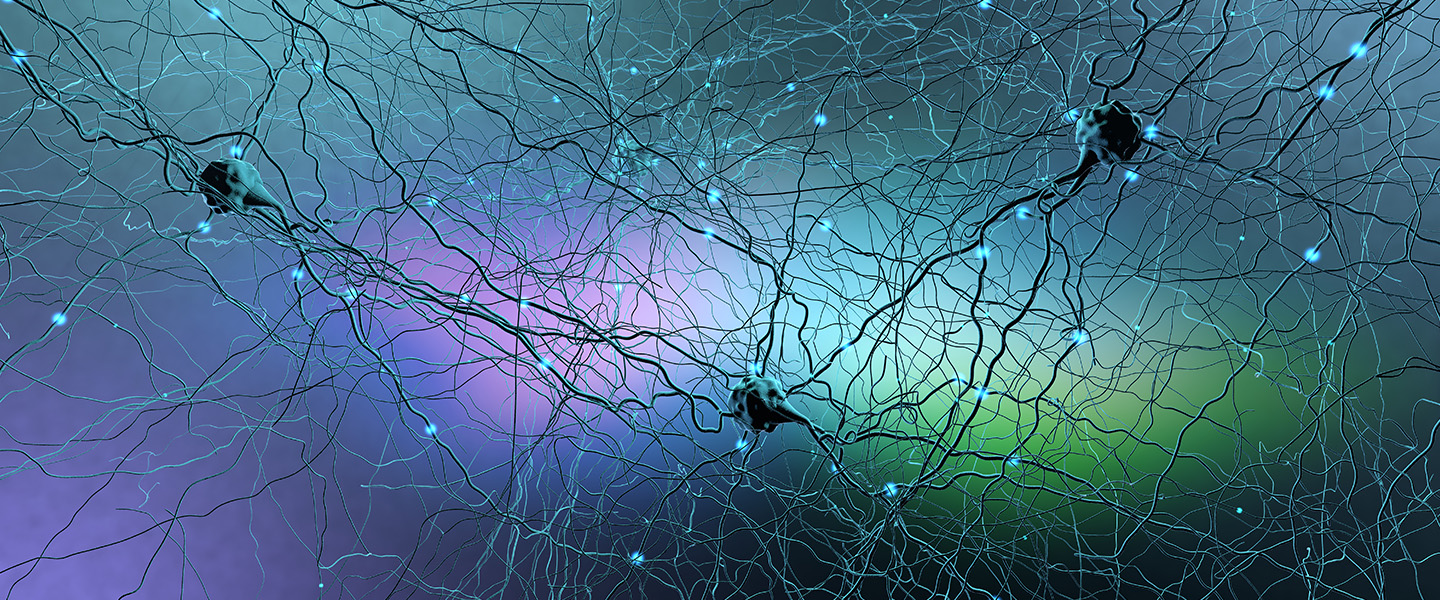Team Uses Non-Invasive TMS Brain Stimulation to Activate Deep-Brain Region Important in Depression
Team Uses Non-Invasive TMS Brain Stimulation to Activate Deep-Brain Region Important in Depression

A research team led by a three-time recipient of BBRF grants has successfully tested a method of using transcranial magnetic stimulation (TMS), a non-invasive method of brain stimulation, to activate an important depression-related target located deep within the brain.
TMS, first approved by the FDA for treatment of depression in 2008 and since approved to treat obsessive-compulsive disorder and for aiding in smoking cessation, involves using powerful magnetic fields to generate electrical current in brain areas just beneath the scalp. Standard TMS effectively penetrates about 1.2 inches into the brain, and for treatment of depression is typically focused on an area called the dorsolateral prefrontal cortex (DLPFC), which corresponds with a "surface" location on the left side of the forehead.
It's still unknown precisely how the stimulation delivered by TMS alters brain circuitry to generate an antidepressant effect, although it has been suggested that it has effects on brain areas beyond the DLPFC, perhaps including some that are deeper in the brain. Still, TMS currently cannot be used to directly target deep-brain locations thought to be involved in depression causation.
One such area is Brodmann’s Area 25, a small region located in the subgenual cingulate region of the cortex. Area 25 may be part of a large network in the brain that includes the hippocampus and amygdala, two important parts of the limbic system implicated in depression that are central in mood and the processing of emotions. Area 25 has been the prime target of experimental deep-brain stimulation (DBS) in treatment-resistant depression. DBS is an invasive brain stimulation method that involves surgical implantation of electrodes and a pacemaker-like device that delivers the stimulation.
Sarah H. Lisanby, M.D. and colleagues at the National Institute of Mental Health and Duke University, now report their use of a novel method of precisely targeting TMS to generate stimulation deep below the scalp in Area 25. It may be the best indication to date of the potential ability of TMS to effectively target deep-brain targets, for both research and therapeutic purposes.
Dr. Lisanby is Director of the Noninvasive Neuromodulation Unit at the NIMH and is on the faculty of Duke University School of Medicine. A member of BBRF's Scientific Council, she is the 2001 BBRF Klerman Prize winner, as well as 2010 BBRF Distinguished Investigator, 2003 Independent Investigator and 1996 Young Investigator. Zhi-De Deng, Ph.D., a 2017 BBRF Young Investigator, also of NIMH and Duke, was a co-author on the paper, which appeared in NeuroImage. The paper's first author was Bruce Luber, Ph.D.
The team recruited 6 healthy men and an equal number of healthy women, aged 19-33, two of whom were not included in the analysis for technical reasons. The 10 who were part of the final dataset underwent preliminary brain-scanning using two types of imaging: functional MRI (fMRI) and diffusion tensor imaging (DTI). The former, as its name implies, is used to show activation in the brain, while the latter is used to reveal brain structure. Together, they were used by the team to identify an area called the right frontal pole, located just behind the forehead. It is the nearest TMS-accessible brain area that is connected with Area 25. Location of the right frontal pole site directly connected to Area 25 was mapped precisely in each trial participant and used to target TMS stimulation.
The participants received TMS in a follow-up session, in several pulses delivered at a several levels of intensity. While the stimulation was being delivered, the researchers used fMRI to measure neural activity in each participant's brain.
This enabled the team to show that in 9 of 10 subjects, TMS pulses to the right frontal pole caused increased activation in Area 25, with increasingly strong pulses producing proportionately increased activation.
One key to their success in this demonstration, the team said, was likely their coupling of DTI structural mapping of each participant's brain with standard TMS procedures. The results, they wrote, "suggest a new tool to extend the utility of non-invasive stimulation, enabling researchers to target deeper brain areas which previously were thought beyond reach."
Their ability to use TMS to activate Area 25, "a key node in the neurocircuitry of depression," suggests, they said, "an initial step toward using DTI-guided TMS to noninvasively target areas for therapy no matter where they are situated in the brain." This could have implications for treating not only depression, but potentially a range of other psychiatric conditions such as OCD, PTSD, anxiety and possibly others.
Follow-up research, they suggested, should use larger and more diverse groups of subjects and test other TMS sites and other deep-brain targets in order to better grasp how the new approach might be most useful and effective.



